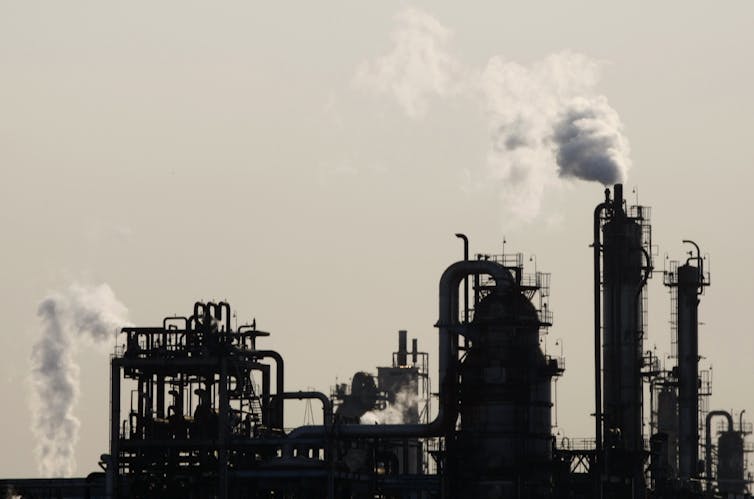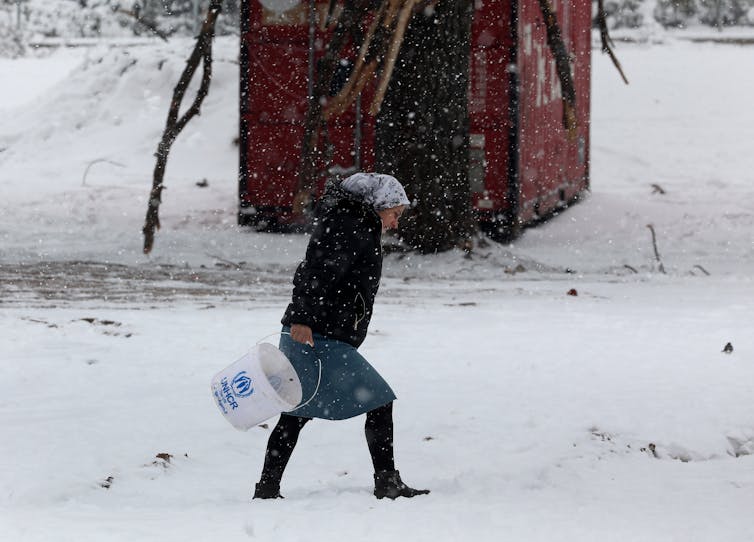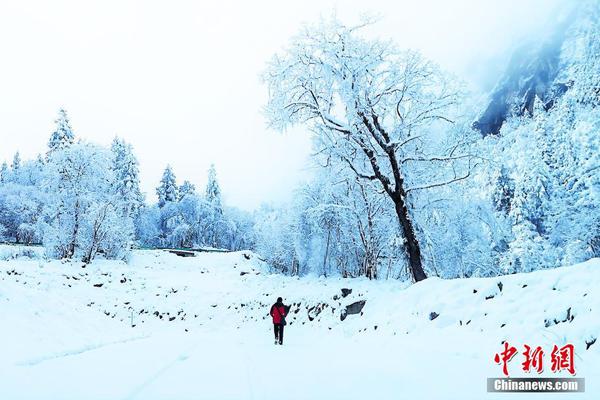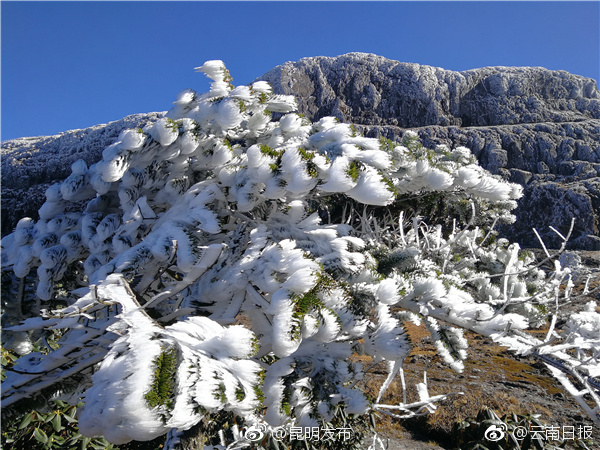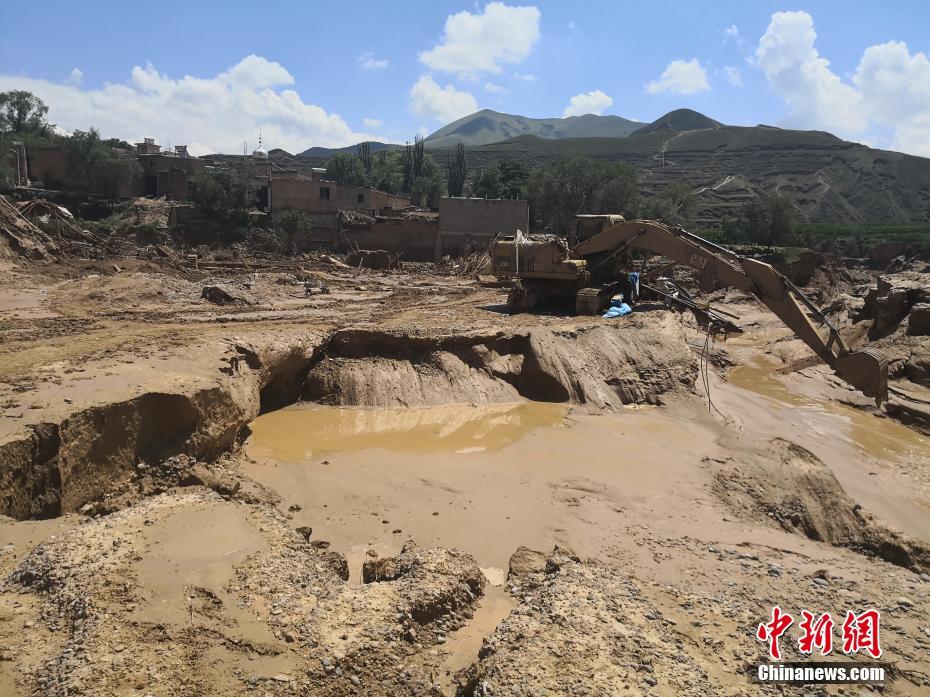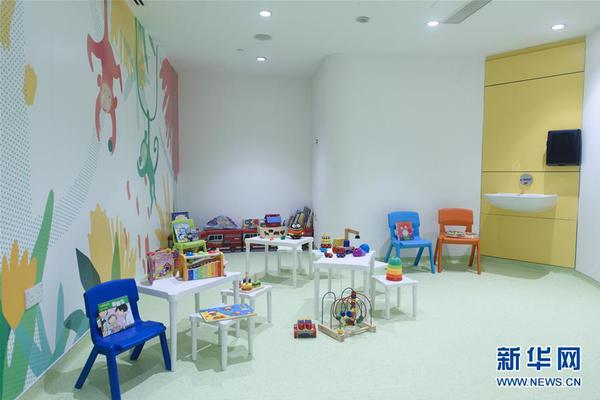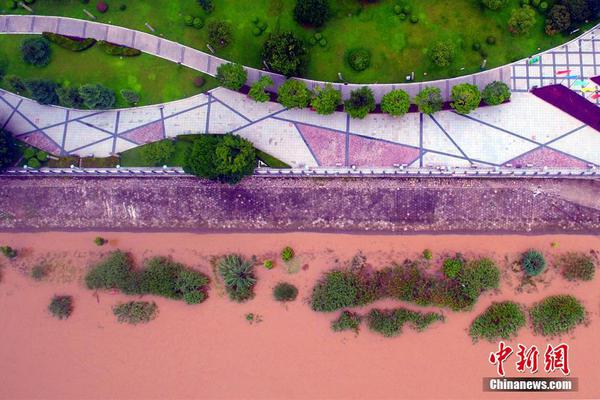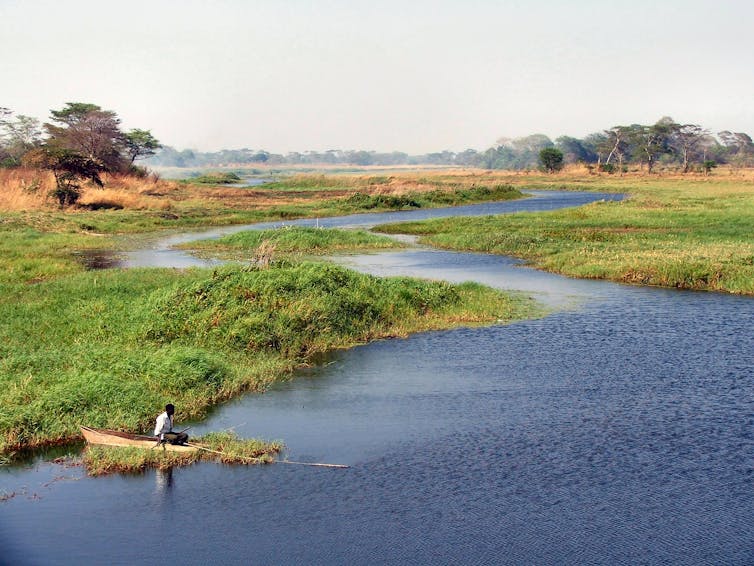Is the Future of Wheat Farming Inside and Up?
Future wheat farmers might ditch their rolling fields for indoor facilities filled with bright lights,巴西棋牌推流博主是谁 multi-storied structures and automated airflow.
In recent years, indoor vertical farms have been commonly used to grow vegetables such as lettuce, kale and microgreens. But little research has looked at how they might be used to grow staple crops until now.
A new study by scientists at the University of Florida compares the yields of growing wheat in a field with those of the crop grown in an indoor vertical farming. This method consists of growing food on sky-high stacked layers in shipping containers, tunnels, and warehouses using LED bulbs and hydroponic systems. The study, which was published in Proceedings of the National Academy of Sciences, shows that farmers can grow exponentially more wheat using indoor vertical farming than through the same amount of ground space in a field.
Using a crop simulation tool, researchers found that a 10-floor vertical farm, covering one hectare of ground space and operating under optimal conditions, was able to generate about 600 more times the yield than the average amount produced on one hectare of farmland. When they plugged in conditions for a 100-floor farm, the yield produced was 6,000 times more.
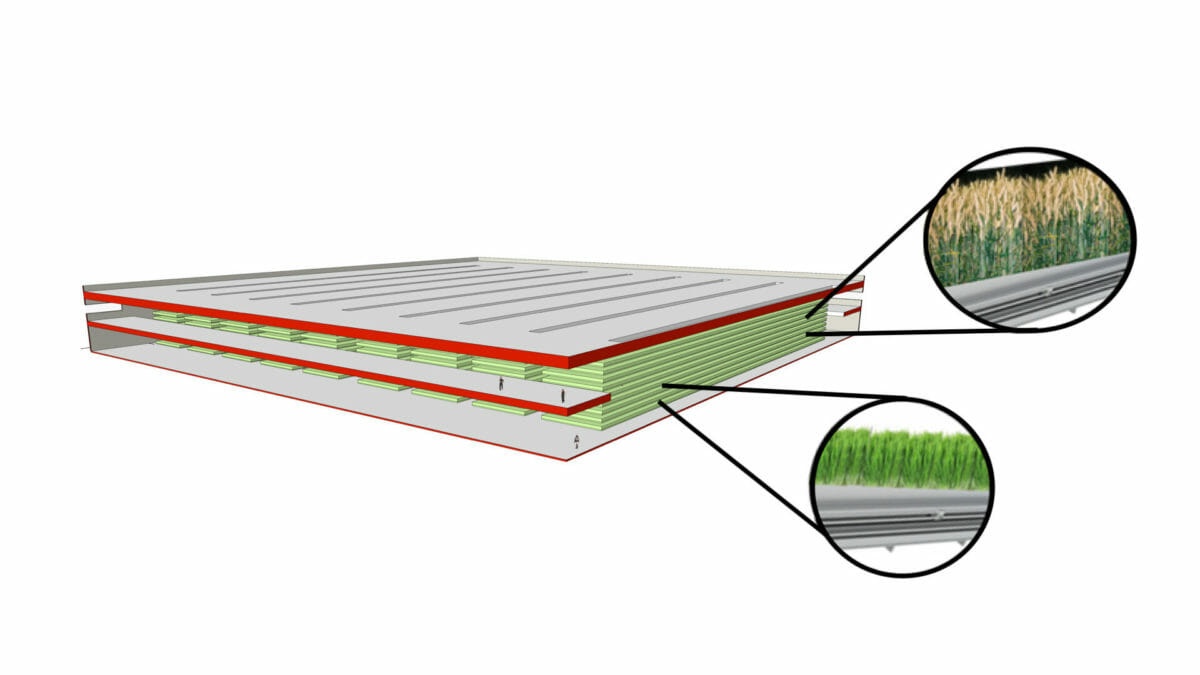
A section of a vertical wheat farm growing 10 layers of the crop from seeds to harvest. Credit: Gregory Kiss, Senthold Asseng, and Paul P.G. Gauthier
Scientists say that this method could be particularly useful for feeding the world’s growing population, which is expected to reach 10 billion by 2050. According to the FAO, wheat is the most widely grown crop in the world, representing 20 percent of people’s daily protein and food calories. And in recent years, experts say global production has not satisfied demand, triggering price instability and unrest.
Senthold Asseng, the lead author of the study and a professor of crop systems modelling, says indoor vertical farming will also deter farmers from clearing forests for agriculture. He adds that hydroponic methods use 90 percent less water and that housing crops indoors also eliminates the need for using herbicides or pesticides linked to environmental issues and human health risks.
“There is opportunity to grow huge crops and at the same time address the issue of environmental degradation,” Asseng says. “We need to nurture our environment because it’s the only environment we have.”
Despite the potential of growing wheat indoors, Asseng says there are barriers that will likely prevent many wheat farmers from choosing to use the method. These include the energy costs associated with powering an indoor facility.
But Asseng says the environmental benefit of indoor vertical farming could attract governments that are already subsidizing conventional agriculture to put some funding towards growing staple foods indoors.
“Many countries spend a lot of money on agriculture subsidies to keep agriculture production going. It might not always be the right way to consider the economics if it comes down to survival and stability,” he says. “Here is a new way of doing agriculture that will be really good for the environment.”
(责任编辑:百科)
- ·This new application can detect printed document forgery
- ·A Fabric of Surfaces
- ·Scientists Build Traps To Manage UK’s Chinese Mitten Crabs
- ·Nothin’ but the Rent
- ·Big Win For Trump As Haley Expected To Exit Presidential Race
- ·Trump’s ‘global gag rule’ will cause more abortions, not fewer
- ·Qualcomm unveils cutting
- ·Scientists Find New Way To Study Mysterious Cosmic Rays
- ·Donald Sobol Solves Final Mystery
- ·Farmer Groups Are Furious About Trump's Threats to Withdraw From Free Trade Agreements
- ·Big Win For Trump As Haley Expected To Exit Presidential Race
- ·Are Foodborne Illnesses on the Rise? (+ Answers to 5 Other Food Safety Questions)
- ·UN Says Disasters Cost $3.8 Trillion in Crop Losses in 30 Years
- ·Pity China’s ‘bare branches’: unmarried men stuck between tradition and capitalism
- ·US researchers make carbon
- ·These Maps Show How Much Farmland Has Been Damaged by Dicamba Drift
- ·Australia Police Accused of Strip
- ·How Safe Is Oilfield
- ·How Can We Prevent the Next Zoonotic Disease Outbreak?
- ·Working Landscapes

